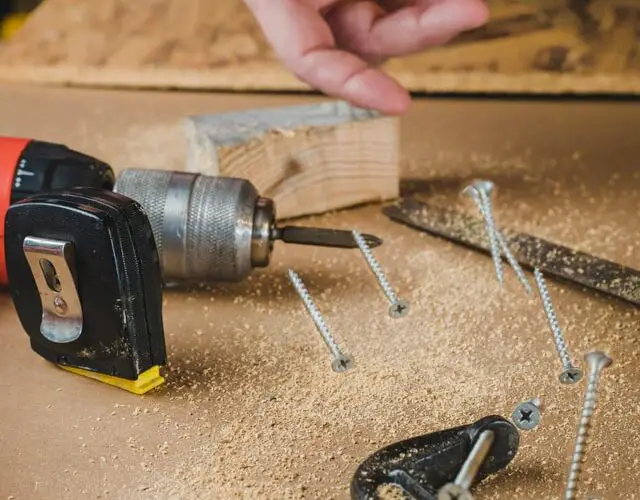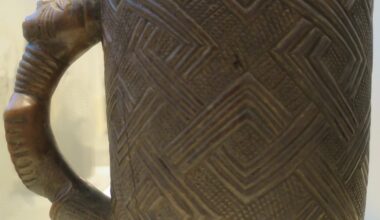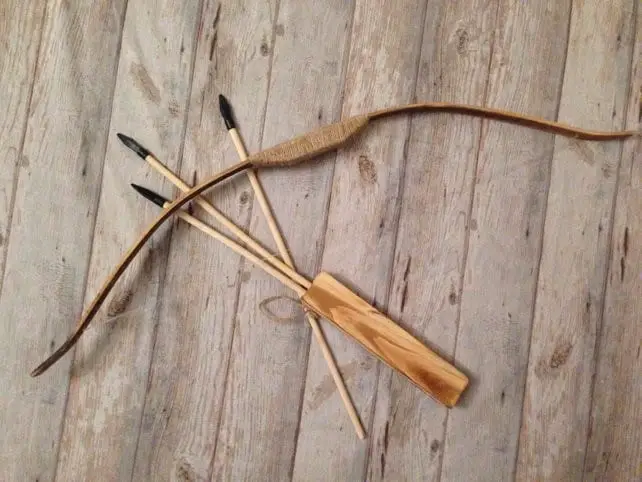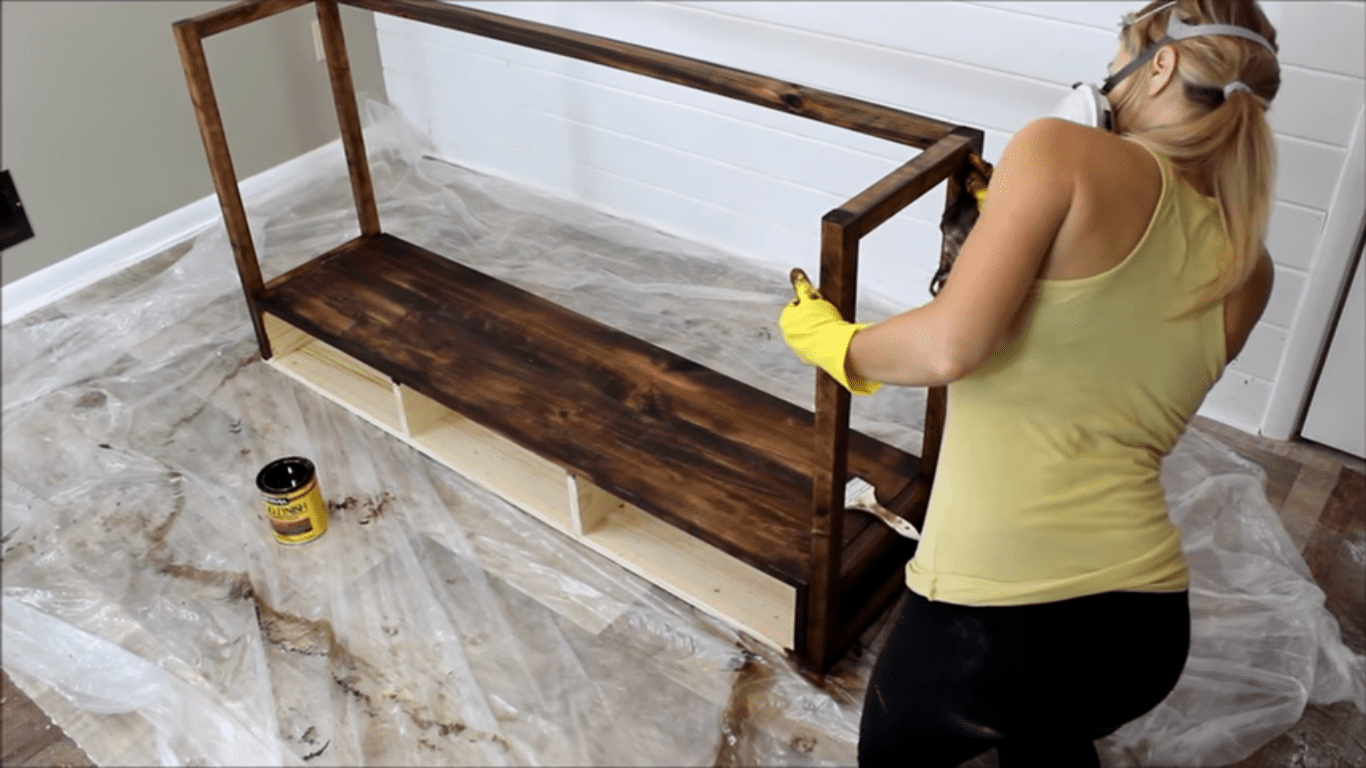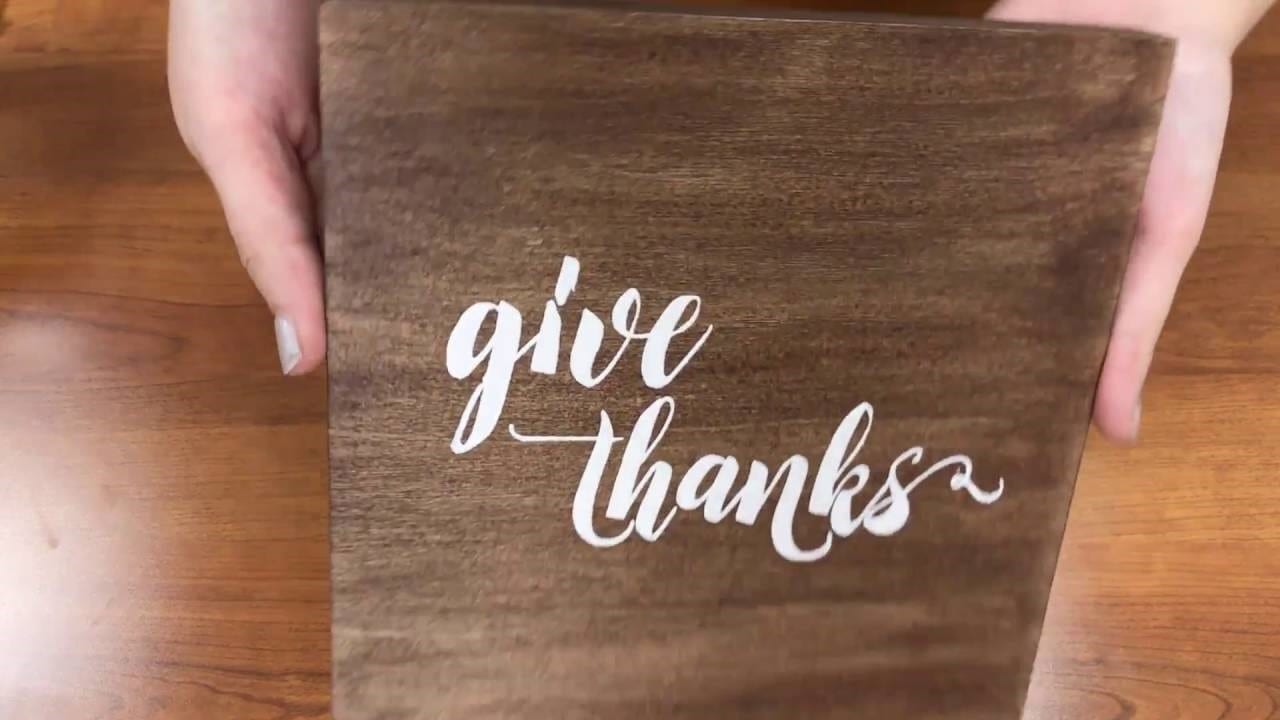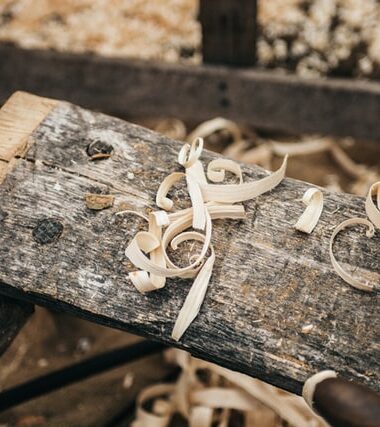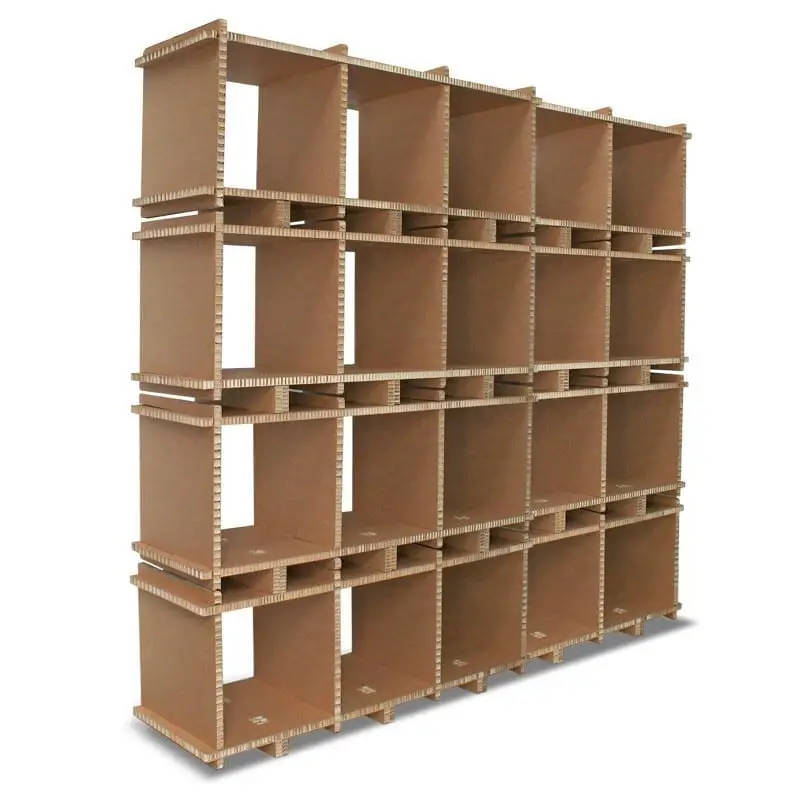Drilling holes is one of the basic skills in woodworking or carpentry. But getting the perfect hole takes practice. Worse, you can risk splintering and damaging the wood with improper tools and techniques.
Eager to learn how to drill a hole in wood: 5 best ways? This article will help in guiding you.
Step 1: Practice the Right Technique to Drill the Hole

This section will begin with general guidelines and precautions to assist you on your journey. Learning these will help you in the long run and make carpentry or woodwork a fun and satisfying activity.
- For making a clean hole, ensure that the drill bits are sharp and properly maintained.
- To drill holes, use a power drill over other tools. A power drill is fast and you need high speed to drill a neat hole. The problem with drill at slow speeds is that the wood can splinter and ruin your hard work. So ensure that your drill is running at full speed.
- Do not apply weight or pressure on the drill. The drill is powerful enough to pierce through the wood without your force and strength. If you apply extra force, there is a risk of causing a blowout. Hold the drill firmly without pushing, right till it breaks through from the other end of the wooden sheet.
- Check the power connection of your drill. If it is battery operated, ensure that the batteries are on full charge.
- Do some research on drill bits. Also, read the instructions manual that comes with a drill set. You must use the correct bit for a specific job. That is why there are so many differently designed bits. Choose the one that suits your needs for an efficient and fast job.
Step 2: Choose the Right Bit for the Right Type of Hole

If you use an incorrect bit on the wrong wooden surface for the wrong hole, it can lead to splintering of the wood. Do not get it wrong, any bit can drill into a piece of wood. The question is of getting a clean and proper hole. For that, you will need the right type of drill bits. This is one of the most crucial steps in how to drill a hole in wood: 5 best ways.
To help you decide, here are some types of drill bits with their specific purposes –
Brad Point Bits
These bits drill very accurate and neat holes. You cannot use them to widen the diameter of an existing hole though.
Twist Bits
These come in a variety of sizes, offering versatility. But they can end up creating rough looking holes as these bits tend to wander. Things get worse when you are drilling at a tilted angle.
Turbo Auger Bits
These are fast working and accurate bits. They are great for timber, especially if you are drilling straight holes. But if you want to drill larger holes, you will need to attach these bits to stronger drillers.
Spade Bits
These bits are extra-long and thick, drilling deep and wide holes. But they lack accuracy and are not recommended for detailed woodworking.
Forstner Bits
These bits are capable of drilling deep holes accurately with minimum spoilage. They can create a flat bottom. But they have a low drilling speed and often require a very powerful driller.
These are some examples of drill bits. Read the instructions manual to find out what kind of bits you have at your disposal. Use the one which suits your requirement.
Step 3: Always Practice on a Spare Sheet before Drilling on Proper Wood

It is not easy to drill a perfectly neat and clean hole in your first few attempts. If you do not have prior experience with a driller, you may suffer frequent blowouts. The thing is, the wood that you have purchased is expensive and not easily replaceable. So, it is wise to practice on a discarded sheet of wood first.
In fact, while drilling on the real sheet, place another disposable wood board underneath it. Normally, when you reach the end of a sheet with your drill that is where the wood fiber blows out. The disposable board adds to the thickness of the real sheet, making the sheet deeper. This greatly reduces the chances of a blowout. Now you can drill without worrying about nasty splinters.
Step 4: Prevent Tearing the Hole by Drilling from Both Ends

This technique is very popular among the woodworking community. It greatly reduces the risk of wood splintering. There are multiple ways to approach this technique.
- Using an augur bit. It should have a pointy tip in the center. Now start drilling a hole. Just before reaching the other end of the board or sheet, slow down the drilling speed. When you spot the tip of the drill through the other end, stop the driller. Now insert the drill from the other end, through the tiny hole and start drilling.
- Another method involves the making of a pilot hole. To create the pilot hole, drill with a thinner bit. Now using an augur bit, drill in the same spot till you reach the middle of the board. Now drill from the other side of the pilot whole and reach the middle, completing the hole.
Step 5: Making use of a Carpenter Tape

To drill a hole without splintering it, you can use a blue carpenter tape. Paste the tape on either ends of the wooden board or sheet. Take a marker or pencil to mark the drilling spot. For drilling, use a sharp bit and ensure you drill at a high speed. Think of this as a trick among the steps on how to drill a hole in wood: 5 best ways.
The role of carpenter tape is to hold the wood fiber together and prevent splintering. Keep drilling till you get your clean hole. Once finished, you can easily remove the carpenter tape.
These were some important steps to remember when drilling a hole. Remember to wear your safety gear and clean up after you have finished. Hope this article helped you on how to drill a hole in wood: 5 best ways.
